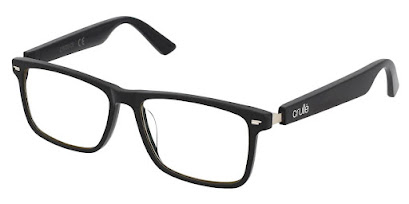How to be realistic with expectations for product launch
Dan Ariely, in his widely popular book “Predictably Irrational”, explains that our reasoning abilities and expectations are often affected by emotions, social norms, and other hidden forces from the environment. “When we believe beforehand that something will be good, therefore, it generally will be good — and when we think it will be bad, it will bad.” [1]
This leads to delusion, and in business, we really cannot afford this to happen. Remember, our product is not all about our entrepreneurship adventure — others depend on company success, and their families too.
How do we mitigate the risk of a belief that everything is going to be fine as we wish it would be? We need to do a reality check regularly. There is an easy to use tool that can help us — SWOT/TOWS analysis.
Here a simplified example of SWOT analysis on a fictitious online tourism service:
Once that we responsibly and honestly identified all good and bad factors that have an impact on our product, we act guided by the following rules:
- Use strengths to capitalize on opportunities (SO),
- Overcome weaknesses by using opportunities (WO),
- Use strengths to overcome threats (ST),
- Overcome weaknesses to avoid threats (WT).
The results of these activities can be visualized in the form of a TOWS [2] matrix:
Here are two examples of not so successful projects: [4]
- New South China Mall in Dongguan — losses of over 1 billion € due to really low adoption (no shops, no restaurants, few visitors).
- Estádio Nacional de Brasília — one of the most expensive stadiums, but since the 2014 World Cup it has limited use with a maintenance cost of 180.000 € per month.
From my point of view, those two seem like a classic example of bad expectations due to low research and planning.
[1] Ariely D., „Predictably Irrational — The Hidden Forces That Shape Our Decisions“, HarperCollins Publishers, 2008., ISBN: 978–0–06–135323–9
[2] Kopal R., Korkut D., „Tehnike kompetitivne analize“, Visoko učilište Effectus, 2014., ISBN: 978–953–57077–7–6
[3] Dieffenbacher Stefan F., „TOWS Matrix Explained: How to Make Informed Business Decisions“, https://digitalleadership.com/unite-articles/tows-matrix/#:~:text=What%20is%20the%20TOWS%20Matrix,strategic%20options%20for%20the%20organization., Accessed on June 23rd 2020.
[4] Moor R., „The biggest tourism failures of all time“, https://www.tourism-review.com/tourism-failures-that-cost-lots-of-money-news11158, Accessed on June 23rd 2020.





Comments
Post a Comment
Respect...